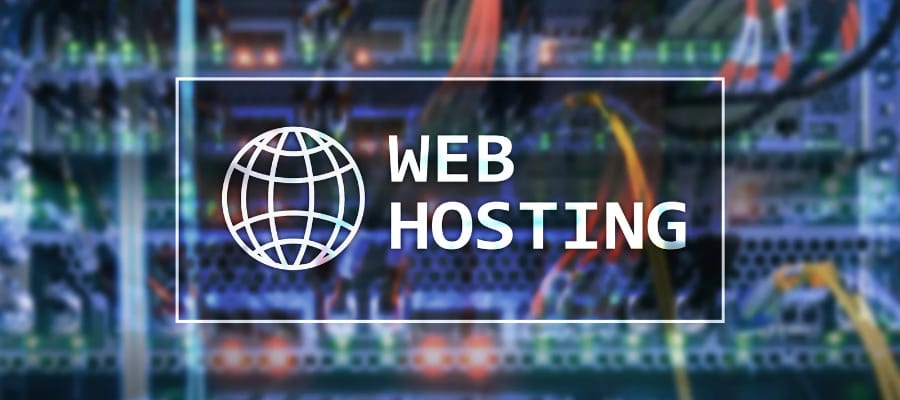Introduction to Route53
Linux
- Introduction to windows & Linux OS
- Creation of files & folders in windows &
- Linux Difference between Windows & Linux
- OS Basic commands in Linux
- Flavors of Linux
- Advantages of Linux OS
- Components of Linux OS
- Linux File System Hierarchy
- Hard links & Soft links
- Job scheduling by using cron
- Package management tools yum & rpm
- cp & mv command
- Tar command
- User management
- File permission
- Access control list (ACL)
Scripting
- Introduction of scripting
- Importance of Sha-bang
- Various types of Operators in scripting
- Various types of Variables in scripting
- Different types of statements in scripting
- Different types of Loops in scripting
Cloud Computing
- Introdution to Cloud Computing
- Characteristics of cloud
- Types of Cloud
- Services provided by cloud
- Difference between AWS, Azure & GCP
Load Balancer
- Introduction to load balancer (LB)
- Types of load balancers
- Concept of TCP & UDP
- OSI model
- Different strategies use in LB
- Components of LB
- Parameter in Health check of instances
- Use of application LB with header
Elastic Cloud Computing
- Introduction to Elastic Cloud Computing (EC2)
- Creation of windows & linux server
- Installation of Apache-httpd & IIS webserver
- Amazon machine image (AMI) & types of AMI
- Security groups & Key pairs
- Bootstrap script
- Elastic ip
- Importance of chkconfig command
- Concept of zone & region in aws
- Types of instances
- Various purchasing options available for an instances
Cloudwatch
- Introduction to Cloud watch
- Creation of events in Cloud watch
- Creation of Alarms using Cloud watch
Cloudtrail
- Introduction to Cloudtrail
- Creation of events in Cloud watch
- Difference between Cloudwatch & Cloudtrail
Identity & Access Management
- Introduction to IAM
- Types of users in AWS
- User & Group creation
- User & Group deletion
- Types of policies in IAM
- Giving policites to user & group
- Concept of Role in IAM
Cloudfront
- Introduction to Cloudfront
- Concept of Edge location & Regional Edge location
- Concept of TTL (Time To Live)
- Importance of Invalidation request
- Creation of CDN Distribution
Route53
- Introduction to Route53
- Concept of DNS (Domain Name System)
- Functions of route53
- Types of top level domain in aws
- Concept of hosted zone in Route53
- Types of DNS records
- Different Routing policities in Route53
Auto Scaling
- Introduction to Auto Scaling
- Steps in Auto Scaling
- Components of Auto Scaling
Simple Notification Service
- Introduction to SNS
- Creation of topic in SNS
- Adding Subscriber in SNS
Elastic Block Storage
- Introduction to EBS
- SAN (storage area network) technology
- Types of volume
- Advantages & Disadvantages of EBS
- Adding extra volume to windows & Linux servers
Elastic File System
- Indtroduction to EFS
- Advantages & Disadvantages of EFS
- Difference between EBS & EFS
- Syncing directories of different servers
Simple Storage Service
- Introduction to S3
- Concept of Bucket & Object in S3
- Versioning in S3
- Use of delete marker
- Cross region replication in S3
- Advantages & Disadvantages of S3
- Difference between EBS, EFS & S3
- Website hosting in s3
- Storage classes of objects in S3
- Life cycle management of object in S3
Relational Database Service
- Introduction to RDS
- Examples of RDS
- Creation & connecting of Mysql Database
- Various queries in Mysql Database
- Use of Where Clause
- Understanding of various fucntions
- Use of various operators
- Creation & Deletion of users in Mysql
- Taking Backup of Mysql Database
- Restoring of Mysql Database
Dynamodb
- Introduction to Dynamodb Database
- Difference between Mysql & Dynamodb
- Creation table in Dynamodb
Virtual Private Cloud
- Introduction to VPC
- Concept of subnet & types of subnet
- Concept of Internet Gateway & Nat Gateway
- Concept of Route Table & types of Route table in vpc
- Concept of VPC Peering & non transitive peering
- Importance of CIDR
- Understanding of NACL
- Difference between NACL & SG

